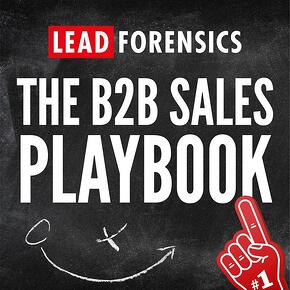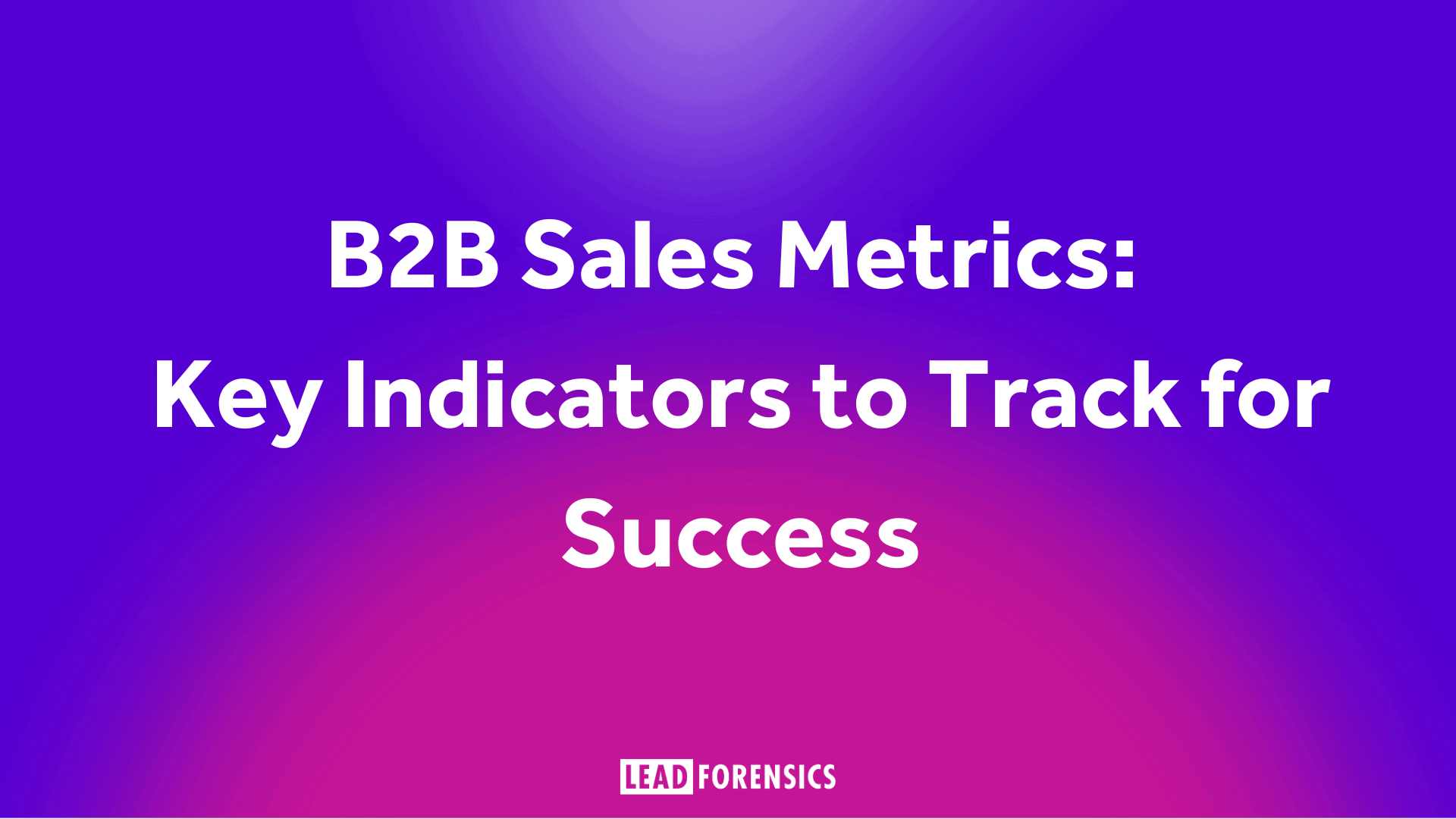Cold calling is a vital tool for sales professionals looking to build relationships, generate leads, and drive growth. Here are some reasons why people are still cold calling in 2023:
- Generating Leads: Cold calling is an effective way for sales professionals to identify and generate new leads and potential customers.
- Building Relationships: Cold calling allows salespeople to build relationships with prospects and establish trust, which is essential for successful sales.
- Improving Product Knowledge: Cold calling requires sales professionals to be well-versed in their product or service offerings, helping them to better understand the benefits they offer and how they can meet the needs of their prospects.
- Gathering Immediate Feedback: Cold calling provides immediate feedback on a sales pitch, enabling sales professionals to refine their approach and improve their results.
- Increasing Sales: By reaching out to potential customers directly, cold calling can be a highly effective way to increase sales and drive revenue growth.
- Filling the Sales Funnel: Cold calling helps to fill the top of the sales funnel by identifying and nurturing leads, which can then be qualified and moved further down the funnel towards conversion.
- Providing a Competitive Advantage: Cold calling can provide a competitive advantage for sales professionals, as it allows them to reach out to potential customers and establish relationships before their competitors do.

Learn more – listen to the Cold Calling episode of the B2B Sales Playbook with expert Antoine Marsden
For this B2B Sales Playbook, our host Joe Ducarreaux chatted with Co-Founder and Chief Sales Officer for Sales DRIIVN, the UK’s number 1 Performance Sales Agency Antoine Marsden. They talk about setting your mindset, doing your research ahead of a call and how to quickly build rapport. Listen here.
Unpacking Success: The Vital Role of Preparation and Research
The key to successful cold calling lies in preparation and research. Without it, you’re merely making random calls in the hopes of hitting the jackpot. But with preparation and research, you’re setting the stage for a winning performance. It’s the foundation upon which successful cold calling is built.
Think of preparation and research as the roadmap for your cold calls. Sales professionals can do the following preparation and research:
- Know Your Target Audience: Research the demographics, psychographics, and buying behavior of your target audience to understand their needs and preferences.
- Know Your Product or Service: Have a deep understanding of your product or service offerings, including their features, benefits, and competitive advantages.
- Know Your Competition: Research your competition to understand their strengths and weaknesses, and how your product or service offerings compare.
- Identify Pain Points: Understand the pain points that your target audience experiences and how your product or service offerings can solve them.
- Create a Script: Create a script or an outline of your sales pitch that highlights the most important points you want to communicate to your prospects.
- Gather Information on the Prospect: Research the prospect’s company and find out as much as you can about the decision-makers and their roles.
- Prepare for Objections: Anticipate and prepare for objections that prospects may have about your product or service offerings.
- Know Your Goals: Clearly define your goals for each cold call and make sure that your preparation and research support those goals.
This information equips you with the knowledge and confidence to have meaningful conversations with your prospects and provides a solid foundation for building relationships.
So, don’t skimp on preparation and research. Embrace it, dig deep, and equip yourself with the tools you need to make your cold calls a success.
The First Impression: Mastering the Art of Crafting the Perfect Pitch
The first few seconds of a cold call are critical. This is when you make a first impression, set the tone, and determine the direction of the conversation. That’s why crafting the perfect pitch is an art.
Your pitch should be concise, clear, and compelling. It should immediately grab your prospect’s attention and communicate the value of your product or service offerings. It should also be personalized to your target audience and their specific needs.
The best pitches are those that strike a balance between being informative and conversational. They allow you to establish a connection with your prospects, build rapport, and have a dialogue that leads to a successful outcome.
Spend the time to craft a pitch that works for you. Experiment, refine, and refine again until you have a pitch that you can deliver with confidence and that resonates with your prospects.
Remember, the first impression is critical, and your pitch is your chance to make a great one.
Overcoming Objections: Navigating Common Challenges in Cold Calling
Overcoming objections is a critical part of the cold calling process. It’s where you separate the wheat from the chaff, where you differentiate the prospects who are a good fit from those who aren’t.
First and foremost, listen carefully. Get to the root of the objection and understand what’s driving it. Then, acknowledge it. Show empathy and validate their concerns.
But, don’t waste your time trying to overcome objections with prospects who don’t have a need for your product or service. Disqualify them. Move on. Don’t try to sell them a square peg when they’re looking for a round hole.
For those prospects who are a good fit, address their objections head-on. Use benefits and proof points to make a compelling case for your product or service offerings. Ask questions to better understand their needs, and offer a solution that addresses their concerns.
Stay positive and confident. Believe in your product or service offerings and the value they bring to the table. Keep in mind that objections are often just a part of the sales process, and that overcoming them is just one step on the road to success.
In the end, disqualifying prospects who don’t have a need for your product or service and overcoming objections with those who do is the art of the cold call. Master it and watch your sales soar.
Building Relationships: Tips for Establishing Trust and Rapport with Prospects
Building relationships is key to successful cold calling. It’s what sets you apart from the competition and what makes your prospects more likely to say yes.
Establish trust and rapport by showing that you understand their needs and concerns. Ask questions, listen actively, and demonstrate your expertise. Be genuine and authentic, and always put their needs first.
Customize your approach to each prospect, and adjust your pitch accordingly. Show them that you’re not just reading from a script, but that you truly care about their needs and are interested in helping them.
Use humor and personal anecdotes to establish a connection, and always maintain a professional and respectful demeanor. Be patient and persistent, and always strive to build a relationship of trust and rapport.
In the end, building relationships is the foundation of successful cold calling. It’s what allows you to establish trust and rapport with your prospects, and what makes them more likely to do business with you. So, focus on building strong relationships and watch your sales success grow.
Embracing Technology: Maximizing Your Cold Calling Efforts
Embracing technology is a crucial part of maximizing your cold calling efforts in the modern sales landscape. With the right tools, you can streamline your workflow, improve your efficiency, and reach more prospects in less time.
Lead Forensics, along with other tools such as customer relationship management (CRM) systems, sales intelligence platforms, and call tracking software, can provide you with detailed information on your prospects and help you make informed, targeted calls. With this information at your fingertips, you can customize your pitch, establish trust and rapport, and overcome objections more effectively.
In addition, by integrating your cold calling process with technology, you can automate repetitive tasks, save time, and focus on the most important aspect of sales: building relationships with your prospects.
So, embrace technology, and choose the tools that work best for you. Whether it’s Lead Forensics or another platform, the right technology can help you reach more prospects, close more deals, and grow your sales success.
Measuring Skills: Analyzing and Improving Your Cold Calling Results
Measuring your skill level is critical to improving your cold calling results and achieving sales success. To be truly successful, you need to know what works, what doesn’t, and why.
Start by setting clear goals and tracking your cold calling performance. This can include metrics such as the number of calls made, the number of appointments set, the conversion rate of appointments to sales, and the overall return on investment (ROI) of your cold calling efforts.
Use tools such as call recording software, sales intelligence platforms, and customer relationship management (CRM) systems to gather data and gain insight into your performance. Analyze this data regularly and make adjustments to your approach as needed.
Don’t be afraid to experiment and try new techniques. Some of the most successful cold callers are constantly adapting and evolving their approach to meet the changing needs of their prospects.
So, measure your mastery, and use the data and insights you gain to continuously improve your cold calling results. With each call, you’ll become a more skilled and effective salesperson, and you’ll drive greater sales success.
The Power of Efficiency: Time Management Techniques for Cold Calling
Efficiency is power when it comes to cold calling. Every moment counts, and the better you manage your time, the more prospects you can reach, and the more deals you can close.
Start by setting clear goals for your cold calling sessions, and prioritize your calls based on the likelihood of success. Use technology, such as call tracking software, to track your progress and ensure you stay on track.
When making a cold call, keep the conversation focused and be prepared to move on quickly if the prospect is not interested. This is where disqualifying unqualified prospects comes in handy. It saves you time and helps you focus on the prospects who are most likely to become customers.
Also, don’t be afraid to delegate repetitive tasks, such as research and data entry, to others on your team. This frees up your time and allows you to focus on what you do best: selling.
So, harness the power of efficiency, and use time management techniques to maximize your cold calling results. With each call, you’ll reach more prospects, close more deals, and drive greater sales success.
Staying Ahead of Burnout: Strategies for Salespeople to Stay Motivated
Burnout is a real risk for salespeople, especially those who rely heavily on cold calling to drive sales. But with the right strategies in place, you can stay motivated and maintain your momentum, no matter how many calls you make.
Start by setting achievable goals and tracking your progress. Celebrate your successes, no matter how small, and take time to reflect on what you’ve accomplished.
Also, take care of yourself both physically and mentally. Exercise regularly, eat a healthy diet, and get enough sleep. Make time for activities that bring you joy and help you recharge, such as reading, hiking, or spending time with family and friends.
In addition, consider seeking out a mentor or coach to help guide you in your sales journey. Having a supportive sounding board can be a huge motivator and can help you stay focused on your goals.
So, stay ahead of burnout and use these strategies to stay motivated. With each call, you’ll remain inspired, driven, and committed to driving sales success.
Cold calling is a powerful tool for sales professionals, and when done well, it can drive significant growth for your business.
By following the strategies outlined in this playbook, you’ll be well on your way to mastering the art of cold calling. From preparing and researching your prospects to building relationships and utilizing technology, you’ll be able to reach more prospects, close more deals, and drive greater sales success.
So embrace the power of cold calling and make it a cornerstone of your sales strategy. With each call, you’ll build your confidence, grow your skills, and drive greater success for your business.








